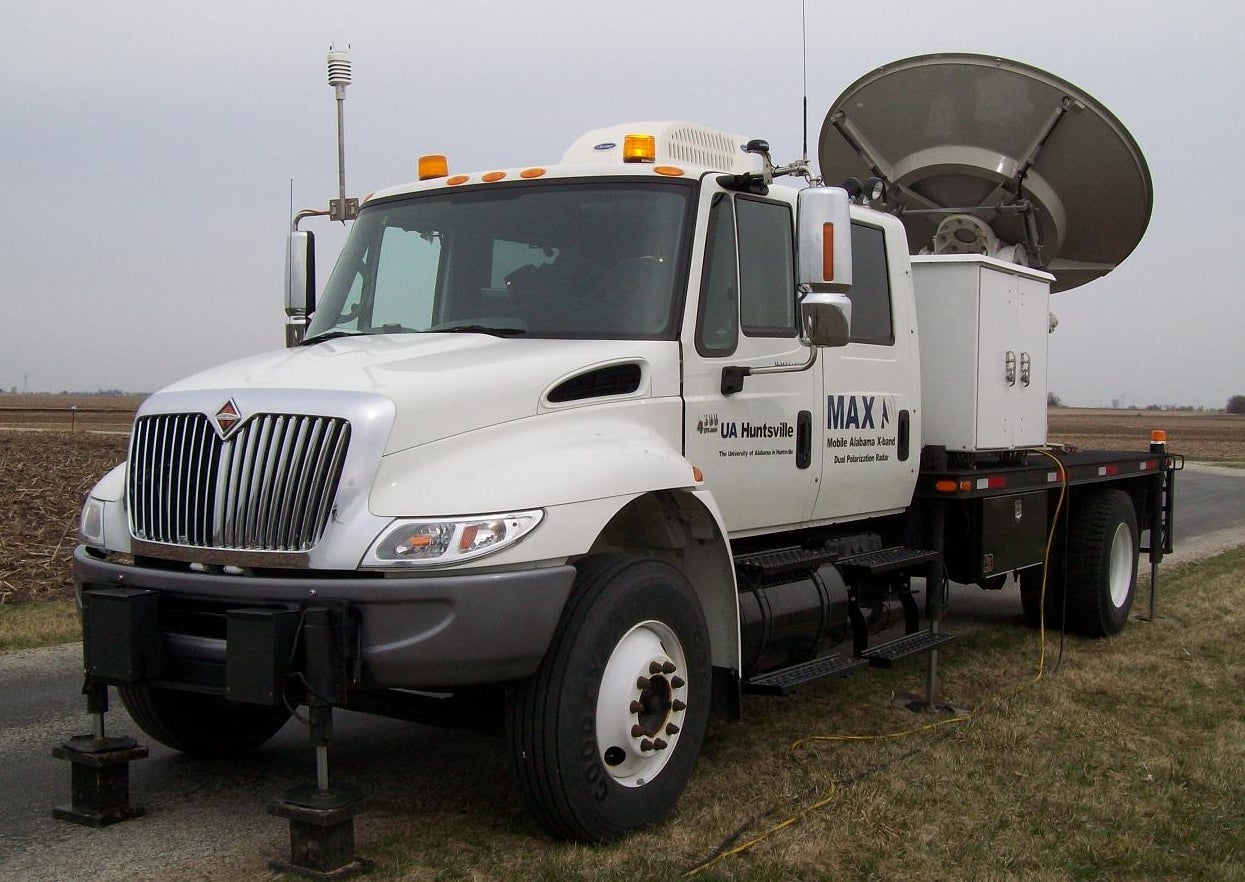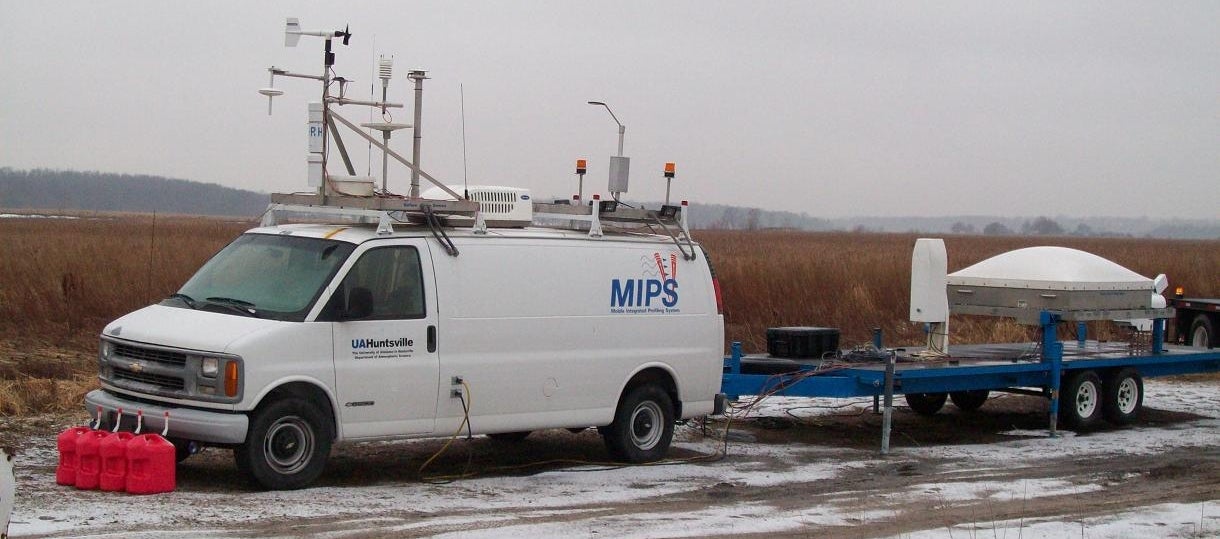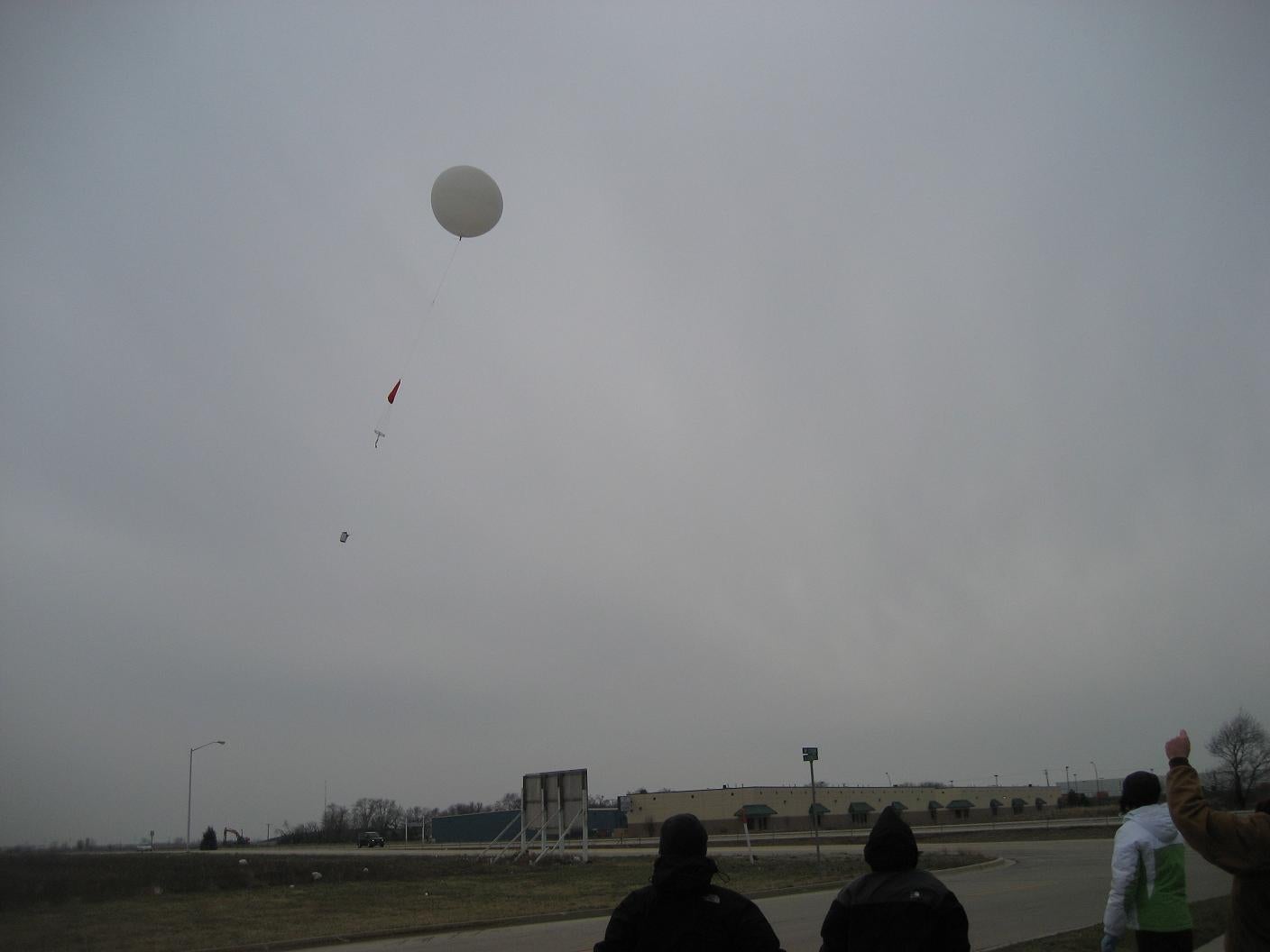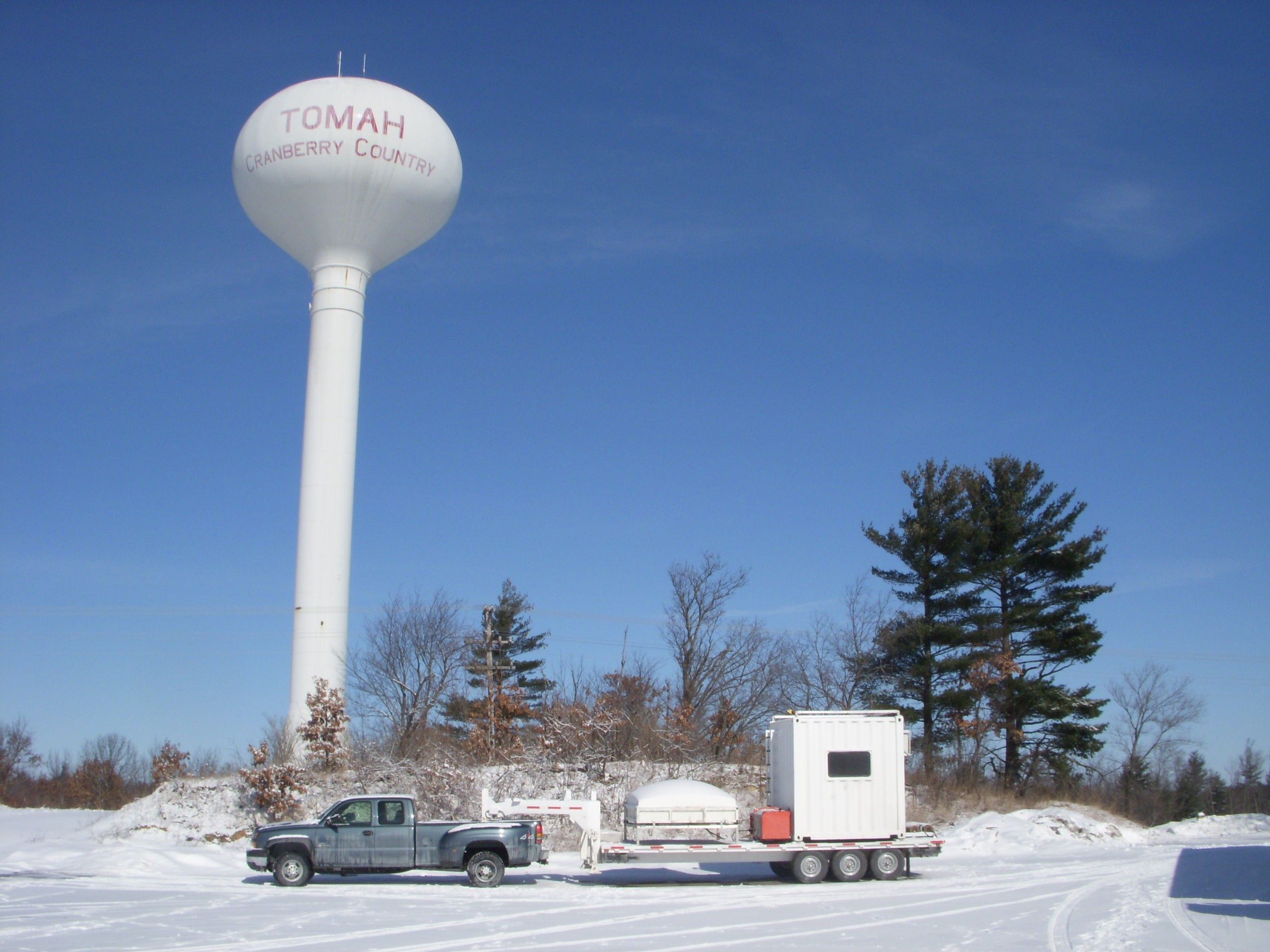PLOWS
Profiling of Winter Storms
The Profiling of Winter Storms (PLOWS) field program is focused on obtaining a greater understanding of the mesoscale structure and dynamics of cyclonic weather systems and the improvement of 0-48 hr cool season quantitative precipitation forecasts. Variability in the location, type, and intensity of precipitation is often determined by precipitation banding and/or embedded convection, particularly in the northwest and warm frontal quadrant in cyclones where frontal structures and associated frontal circulations are modified by deformation flow.
 The field campaign is comprised of two field seasons. The first took place from 7 February to 31 March 2009 (PLOWS 2008-2009) and the second will take place 1 November to 15 December 2009 and 15 January to 28 February 2010 (PLOWS 2009-2010). PLOWS is a mobile project focused on the Midwestern United States (Illinois, Indiana, Iowa, Minnesota, Missouri, Nebraska, and Wisconsin).
The field campaign is comprised of two field seasons. The first took place from 7 February to 31 March 2009 (PLOWS 2008-2009) and the second will take place 1 November to 15 December 2009 and 15 January to 28 February 2010 (PLOWS 2009-2010). PLOWS is a mobile project focused on the Midwestern United States (Illinois, Indiana, Iowa, Minnesota, Missouri, Nebraska, and Wisconsin).
 A number of research observational systems are taking part in PLOWS:
A number of research observational systems are taking part in PLOWS:
- NSF/NCAR C-130 with the University of Wyoming Cloud Radar and Lidar [second phase only];
- University of Alabama-Huntsville Mobile Integrated Profiling System (MIPS);
- University of Alabama-Huntsville Mobile Alabama X-Band (MAX) Radar;
- NCAR/EOL Mobile Integrated Sounding System (MISS);
- University of Missouri Radiosondes
|
Weather Balloon Launch |
Scientific Objectives
PLOWS will address the following research issues:
- What are the predominant spatial patterns of organized precipitation substructures, such as bands and generating cells, in these quadrants and how do they evolve?
- How do frontal scale systems above and within the boundary layer such as warm fronts,, cold fronts aloft, and occluded fronts relate to these precipitation substructures?
- What are the thermodynamic and kinematic structures of these frontal systems including the distribution of moisture and vertical motion?
- What instabilities and types of mesoscale forcing (e.g., moist CSI, moist frontogenesis, gravity waves, and elevated upright convection) control the generation and evolution of precipitation substructures?
- How do microphysical processes vary between the different precipitation substructures and what are the consequences?
- Is instability triggered in ice-saturated ascent critical in some of these instances and is it through the release of the latent heat of deposition that instabilities can persist?
All photos copyright University Corporation for Atmospheric Research unless otherwise noted.
Principal Investigators:
- Bob Rauber UIUC
Project Manager:
- Allen Schanot NCAR/EOL/RAF (C-130)
- William Brown NCAR/EOL/ISF (MISS)
Data Manager:
- EOL Archive NCAR/EOL/DMS

